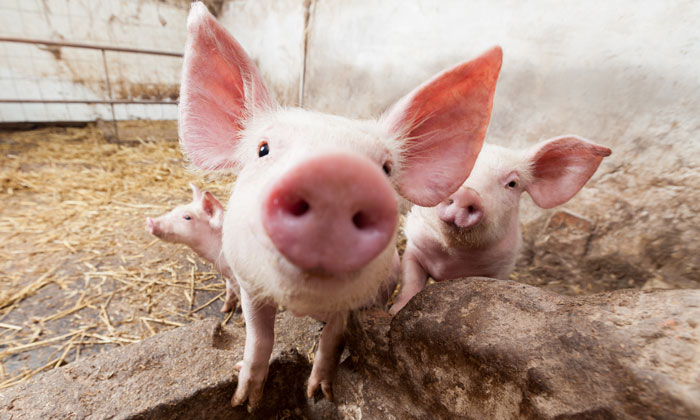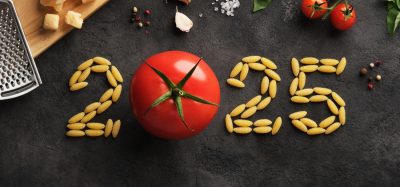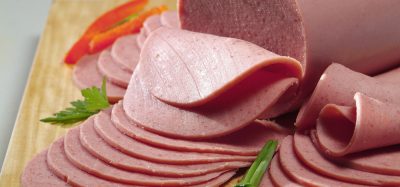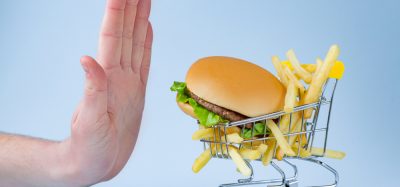Regulatory controls and responsible use of animal medicines
- Like
- Digg
- Del
- Tumblr
- VKontakte
- Buffer
- Love This
- Odnoklassniki
- Meneame
- Blogger
- Amazon
- Yahoo Mail
- Gmail
- AOL
- Newsvine
- HackerNews
- Evernote
- MySpace
- Mail.ru
- Viadeo
- Line
- Comments
- Yummly
- SMS
- Viber
- Telegram
- Subscribe
- Skype
- Facebook Messenger
- Kakao
- LiveJournal
- Yammer
- Edgar
- Fintel
- Mix
- Instapaper
- Copy Link
Posted: 5 June 2017 | Dr Grace O’Gorman | Technical Policy Assistant | NOAH | No comments yet
Consumers are increasingly driven to understand more about the food they eat and its quality is often reliant on the responsible use of animal medicines.


In the UK high standards of animal welfare are expected and encouraged. Healthy animals are the first step in producing quality food, however, when it comes to meat, eggs and dairy produce, a recent study has shown that consumers are often unaware of the strict regulatory safeguards associated with animal medicines that operate effectively behind the scenes, not only to protect the health and welfare of animals, but also to ensure their own health is protected1.
IN THE reliable production of safe and affordable food, farming practices have evolved to incorporate herd and flock health planning, which is built on preventing disease through activities such as good husbandry practices, biosecurity and vaccination. Nevertheless, despite best efforts, animals will from time to time need treatment with animal medicines to restore their health and protect welfare. There is a deep-rooted culture in the UK to use animal medicines responsibly: ‘as little as possible, but as much as necessary’. For example, the wider agri-food sector, including the veterinary profession, farmers and retailers, established the RUMA (Responsible Use of Medicines in Agriculture) Alliance 20 years ago in 1997: an initiative with concerted, co-ordinated efforts to establish best farm practices and shape the responsible use of medicines on farms2.
Underpinning such responsible use initiatives are a myriad of regulatory controls governing the authorisation, supply, use and monitoring of veterinary medicinal products (VMPs)3. These comprehensive controls ensure that only safe, effective and high quality animal medicines are available to be prescribed for food producing animals, safeguarding people and the environment. According to a study undertaken by NOAH, 60% people are not aware that animal medicine manufacturers have to comply with these controls, yet there is a certain level of trust in the regulators set up to protect them1. Before any animal medicine can be placed on the market it must be approved by independent veterinary medicine regulators. In the UK, this is the Veterinary Medicines Directorate (VMD).
Rigorous European and UK regulatory processes for the approval or registration of an animal medicine ensure only those that meet stringent defined standards are authorised and achieve a Marketing Authorisation (MA). This is a licence to market the product for use in the species concerned. Stringent safety criteria are imposed during the evaluation of the medicine going through this approval process including the safety of animals, of individuals administering the veterinary medicine and of the environment. An additional essential aspect of medicine authorisation for food producing animals is ensuring consumer safety. For farm animal medicines there must be a Maximum Residue Limit (MRL) for the active ingredient and a set withdrawal period, which is the time that must elapse from the last treatment with the medicine before the animal or its products can enter the food chain. Withdrawal periods are calculated using scientific processes incorporating additional safety factors.
The MRL is used as the basis for residue surveillance. The statutory residue surveillance scheme in the UK, which is overseen by the VMD, includes analysis of samples for residues of veterinary medicines. Regularly published reports of the findings of this surveillance provide assurance that these measures effectively protect consumers4. All animal medicines are classified based on their authorised supply route, which allows for control over the sale and distribution of medicines e.g. in the UK, antibiotics are only available on prescription from a veterinary surgeon (i.e. they are classified POM-V). This level of control, where a veterinary professional can be assigned as the gatekeeper means medicines such as antibiotics are prescribed and used based on sound clinical judgement. In fact, an important part of veterinary education and work includes a broad knowledge and understanding of veterinary public health topics including preventing and controlling zoonosis (diseases that can pass between animals and people) and antimicrobial resistance. Vets are well placed to assess and control the responsible use of POM-V medicines including antibiotics.
Farmers, as professional keepers of animals, also have responsibilities when using animal medicines, as well as their legal responsibility to care for the health and welfare of the animals in their care. When medicines are prescribed and used on farms there is a legal requirement, under the UK Veterinary Medicine Regulations, to record all medicines obtained and used in food-producing animals4. This also includes a record and observance of the withdrawal period. A legal duty of care is also incumbent on animal medicine companies for their medicines on the market. This means that there is an ongoing post-authorisation process of safety and efficacy monitoring termed ‘pharmacovigilance’ providing a mechanism for further improvement if needed5.
The NOAH consumer attitude study has shown that British people believe that farmers care for animal health and welfare (70%), and that our vets adhere to high professional standards, with more than 61% supporting that view1. Working together, we should not be reluctant to explain how our animals are kept healthy and to promote the initiatives that support disease prevention and responsible animal medicine use. Although consumers today are often mindful of nutritional information, welfare standards and the origin of their food choices, understandably, they may not always be aware of the framework in place working to deliver safe food. Nevertheless they can be assured that comprehensive controls associated with animal medicines on many levels are eff ective and allow the appropriate treatment of farmed animals. Within our industry, we can all help by doing more to promote understanding of the stringent controls that govern our sector and help address any misunderstandings that still exist.
About the author
Growing up on a beef farm in Ireland, Grace developed an early interest in animal health and a good understanding of the agri-food sector. After completing a degree in Biology and Masters in Biochemistry she embarked on a PhD at University College Dublin, where she had the opportunity to study parasitic disease in cattle and work at the International Livestock Research Institute (ILRI) in Kenya. After her PhD, Grace continued post-doctoral research on livestock, this time focusing on dairy cows. She complemented her scientific and researh understanding of animal and veterinary public health with a degree in veterinary medicine. Grace has lectured on a range of animal health and welfare subjects, including one health issues. She is currently a technical policy assistant at the National Office of Animal Health (NOAH) where she works on technical and communication aspects of various animal medicine topics.
References
1. The Citizens’ Survey on Attitudes to Veterinary Medicines, July 2016: www.noah.co.uk/new-study-shows-british-public-awareness-animal-medicines-improving-still-much/ www.noah.co.uk/wp-content/ uploads/2016/09/ IFAH-Europe-study-UK-slides.pdf
2. RUMA – Responsible Use of Medicines in Agriculture Alliance: www.ruma.org.uk and www.farmantibiotics.org/
3. Legal controls and guidance on veterinary medicines: www.gov.uk/guidance/legal-controls-onveterinary-medicines and www.gov.uk/government/collections/ veterinary-medicines-guidancenotes- vmgns
4. VMD guidance and results of residues surveillance: www.gov.uk/guidance/ residues-surveillance
5. The Veterinary Medicines Regulations 2013: www.legislation.gov.uk/ uksi/2013/2033/contents
Issue
Related topics
Food Safety, Health & Nutrition, Outbreaks & product recalls, Quality analysis & quality control (QA/QC), Regulation & Legislation









